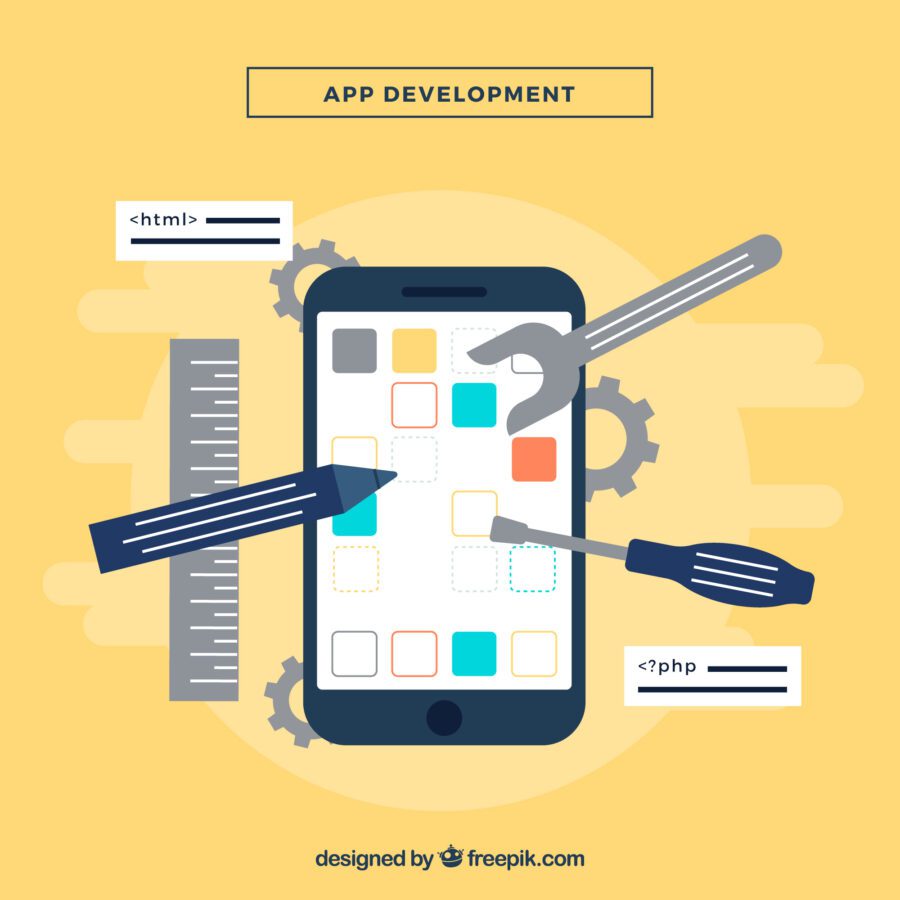Mobile app marketing is more crucial than ever. With millions of apps vying for attention across app stores, implementing effective strategies to boost your app’s visibility can make the difference between success and obscurity. This blog explores proven techniques to maximize your app’s reach, engagement, and downloads.
Understanding Your Target Audience
Empower yourself with a deep understanding of your audience before developing marketing strategies. Identifying your target demographic ensures that your efforts are focused on users who are most likely to benefit from and engage with your app, giving you a sense of confidence and control.
Demographic Analysis: Study factors like age, gender, location, income level, and profession to tailor your app’s features and messaging. For instance, if your app is a fitness tracker, your target audience might be health-conscious individuals aged 25-45.
Behavioral Insights: Analyze user behaviors, preferences, and pain points to craft a marketing strategy that resonates with their needs. This could involve understanding how users interact with similar apps or identifying gaps in the market.
Persona Development: Create detailed user personas to visualize your ideal customers. For example, if you’re marketing a recipe app, personas like “Busy Sarah” or “Foodie Alex” can help guide your campaigns.
App Store Optimization (ASO)
ASO is the process of optimizing an app’s metadata (title, description, keywords) and visual assets (icons, screenshots) to rank higher in app store search results and attract downloads
What is ASO?
App Store Optimization (ASO) is the process of making your app more visible in app stores. It’s not just a part of mobile app visibility; it’s the cornerstone. By refining your app’s listing in app stores, you can significantly improve its discoverability and conversion rates, making ASO a key factor in app search results.
Key Components of ASO
Keyword Optimization: For instance, if you’re developing a fitness app, using keywords like ‘workout tracker’ or ‘calorie counter’ can significantly improve your app’s visibility. Use relevant keywords in your title and description that align with user search queries. Tools like App Annie and Sensor Tower can help identify high-performing keywords.
Creative Assets: Grab attention by designing compelling icons, screenshots, and preview videos. Ensure these assets communicate your app’s unique value proposition.
User Ratings & Review: Positive reviews and prompt responses to feedback are not just about building credibility; they can significantly impact your app’s visibility and conversion rates. Encouraging positive reviews and responding to feedback can be a powerful tool in your marketing arsenal.
Localization: To appeal to a global audience, adapt your app’s content for different regions. This includes translating your app’s title, description, and keywords into local languages.
Advanced ASO Techniques
A/B Testing: Experiment with different titles, descriptions, and visuals to identify what drives the most engagement. Even small changes can significantly impact conversion rates.
Performance Monitoring: Regularly track metrics like download rates and keyword rankings to refine your strategy. Use analytics tools to measure the effectiveness of your ASO efforts.
AI Integration: Utilize AI tools for real-time optimization based on user behavior and market trends. AI can help predict and adapt to changes in user preferences.
Paid Advertising Strategies
Paid advertising is a powerful way to amplify your app’s visibility across platforms.
Why Invest in Paid Advertising?
Paid ads allow you to target specific demographics effectively, ensuring that your app reaches users most likely to download it. They also provide measurable results, enabling you to optimize campaigns for maximum ROI
Best Practices for Paid Advertising
Platform Selection: Utilize Apple Search Ads for high-intent users within the App Store or Google App Campaigns for broader reach across networks like YouTube and Display.
Keyword Targeting: Focus on keywords relevant to your audience’s interests (e.g., “meal planning” for a recipe app). Use tools to analyze keyword performance and adjust your campaigns accordingly.
Budget Management: Start with a modest budget and scale based on performance metrics such as cost-per-install (CPI). Monitor key performance indicators (KPIs) like conversion rates and ROI to refine your campaigns.
Creative Formats: To capture attention, use engaging ad formats like video ads on TikTok or carousel ads on Instagram. Experiment with different ad creatives to find what resonates best with your audience.
Social Media for Organic Growth
Social media platforms offer a vast potential for organic growth through community building and targeted content. This potential can be a beacon of hope for your app’s visibility, instilling a sense of optimism in your marketing strategy.
Building a Strong Social Media Presence
Develop consistent branding across platforms like Instagram, Facebook, and TikTok. Ensure your app’s visual identity is recognizable and appealing.
Share engaging content such as tutorials, behind-the-scenes videos, or user-generated posts. This helps build a community around your app and fosters user loyalty.
Leverage platforms like TikTok and Instagram for their high engagement rates. Create content tailored to each platform’s unique audience and format.
Social Media Advertising
Invest in paid social media ads for targeted reach:
Use demographic filters to target specific audiences. Platforms like Facebook and Instagram offer robust targeting options based on user interests and behaviors.
Experiment with ad formats like stories or reels to increase engagement rates. These formats are particularly effective for capturing younger audiences.
Community Engagement
Promote a sense of community to strengthen the bond with your audience. This will make them feel connected and part of a larger network.
Hosting live Q&A sessions or events on platforms like Instagram Live can help build a personal connection with your audience and encourage feedback.
Encouraging storytelling through posts that emotionally connect with users. User-generated content can be compelling in building trust and loyalty.
Implementing App Indexing and Deep Linking
App indexing and deep linking are advanced techniques that enhance discoverability and user experience.
What is App Indexing?
App indexing allows Google to crawl pages within your app so they appear in mobile search results. This drives organic traffic directly to specific features or content within the app, improving visibility and engagement.
Deep Linking Strategies
Deep linking involves linking users directly to specific pages within your app rather than the homepage. Effective strategies include:
Setting up proper URL structures for deep links. Ensure that search engines can easily crawl these links.
Using deep links in promotional campaigns or email marketing. This can help drive targeted traffic to specific app features or content.
SEO for Your App’s Website
A robust website can complement your mobile app marketing efforts by driving organic traffic through search engine optimization (SEO).
Responsive Design: Ensure your website adapts seamlessly across devices. This is crucial for providing a consistent user experience and improving search engine rankings.
Mobile-First Indexing: Align mobile content with desktop versions for improved rankings. Google prioritizes mobile-first indexing, so ensure your mobile site is optimized.
Content Optimization: Create blog posts or landing pages targeting keywords related to your app’s niche (e.g., “best meal planning apps”). Use SEO tools to analyze keyword performance and adjust your content strategy.
Local SEO: If applicable, optimize for location-based searches. This can be particularly effective for apps with regional relevance, such as restaurant finders or event planners.
Conclusion
Mobile app marketing requires a multifaceted approach that combines ASO, paid advertising, social media engagement, advanced indexing techniques, and SEO practices. Understanding your audience and effectively leveraging these strategies can boost your app’s visibility and drive sustained growth.













